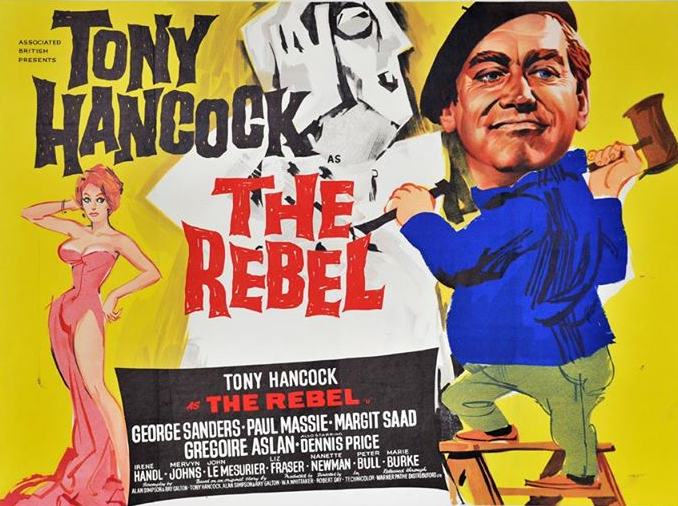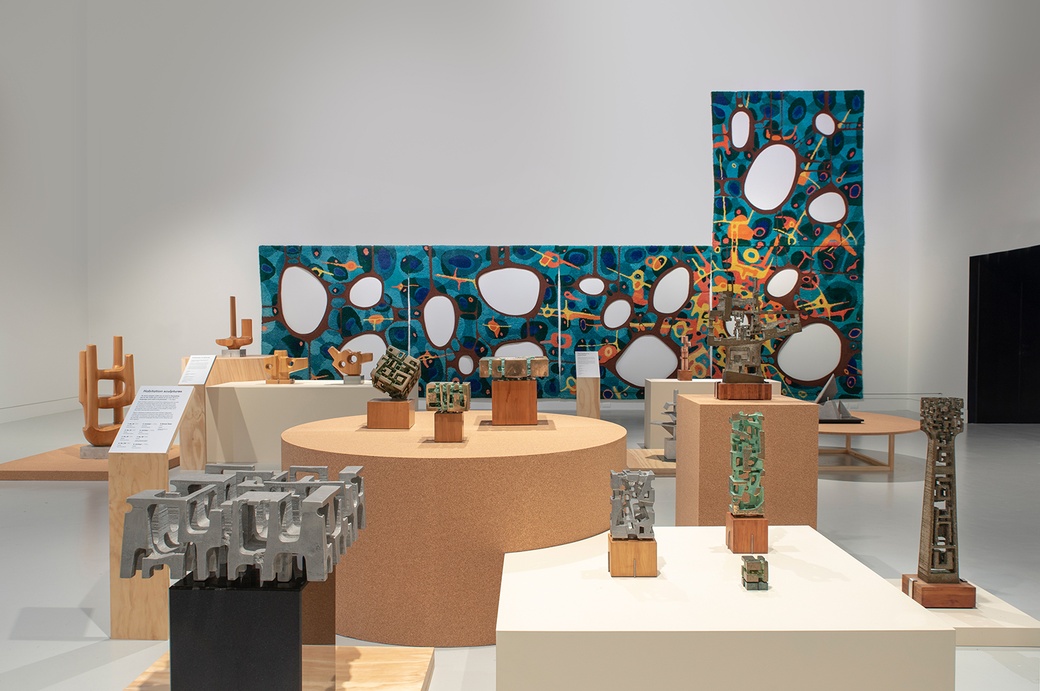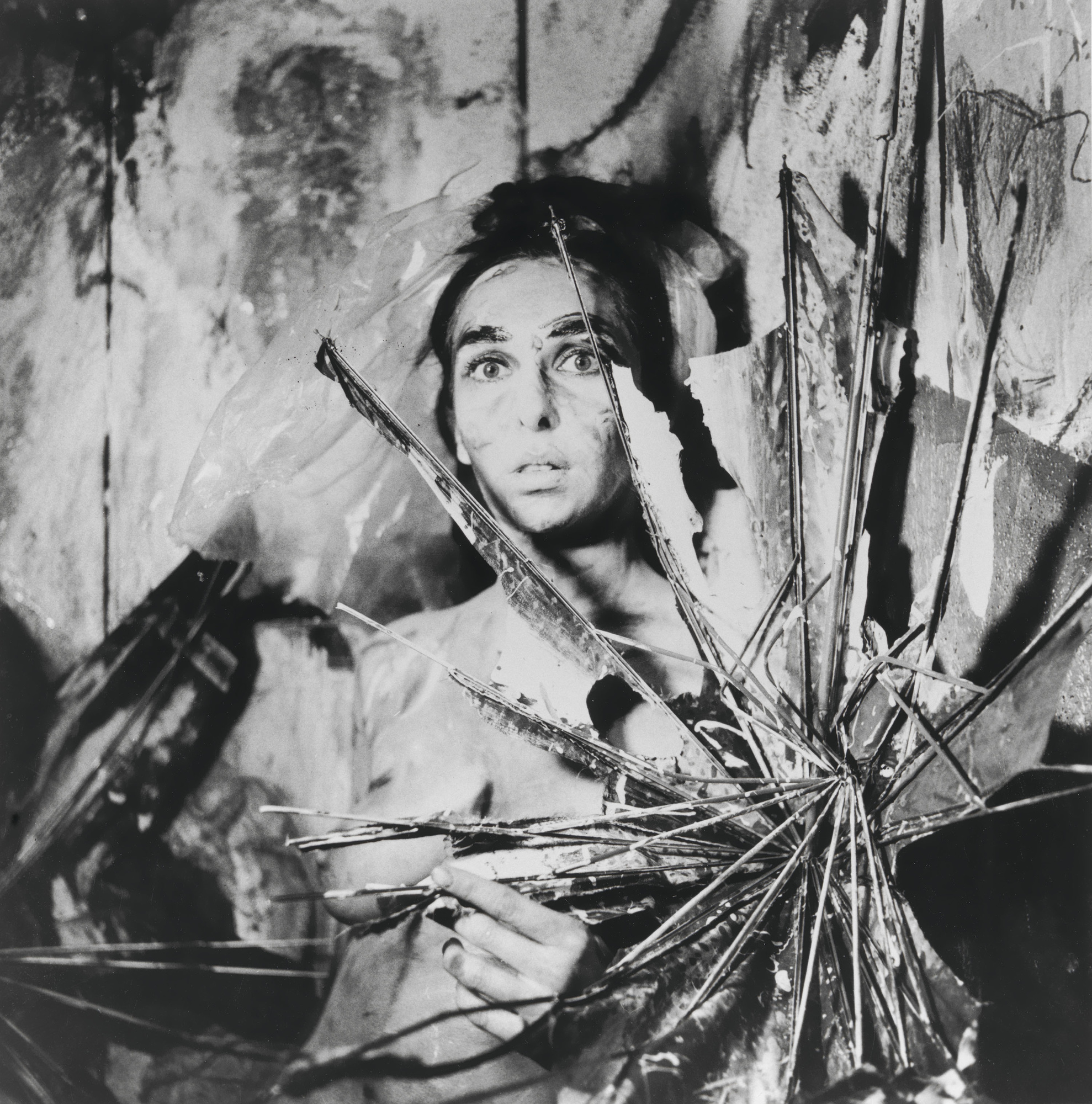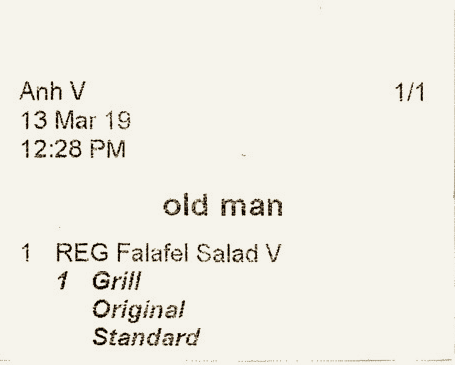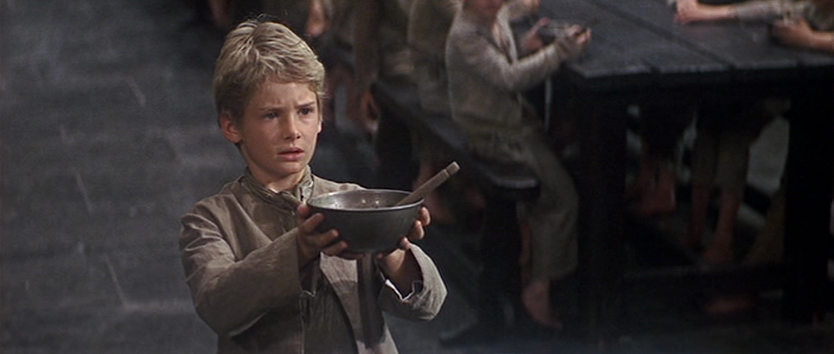.
For the 1991 Carnegie International in Pittsburgh, Christian Boltanski created a vertiginous corridor—an alley of floor-to-ceiling industrial metal shelving stuffed with archive boxes bearing obscure names. Who were all these nobodies? The penny dropped when visitors finally encountered a familiar name. These were the 5,000-plus artists included in all previous fifty-one Internationals. Stars in their day, they were now largely forgotten—or likely soon would be. It was an artist cemetery. They come, they go.
After writing my post on the curious apotheosis of Guy Ngan, I’ve been thinking more about art-world recognition and what it means. We say artists are ‘recognised’ as if they’ve passed some test and been accredited, but art-world recognition is a more complex, amorphous thing. It’s not determined dispassionately by experts ranking everyone across the board in relation to clear, agreed criteria. (Agreed criteria went out the window with Duchamp.) Recognition is unregulated. It’s the cumulative effect of miscellaneous, intersecting individual and corporate vested interests and endorsements, engagements and opportunities. It results from artists being shown, bought, argued about, responded to, profiled, and resourced. It’s about being in play, in the right place at the right time, the stars in alignment, resonating. It’s political: what you know and who you know. And it waxes and wanes with the volatile art-world weather.
At any time, most art is overlooked. As the art world is made up of people, prejudices are always in play—racism, sexism, nepotism, chauvinism, and tribalism. But the main reason most art is overlooked is that the spotlight is tiny and competition is fierce. The art world is agonistic and opinionated, not impartial. A small number of artists and ideas necessarily dominate the discussion at any time and that’s not likely to change. When we hear of neglected artists only now getting their due, it presumes that the scene generally makes fair calls, but occasionally fails. But things were never so sorted. Despite any pretence to be above it, institutions are players in the game—not referees. And, besides, all ‘neglect’ arguments are partisan, because no one argues on behalf of everything that’s overlooked, only the specific things they want to champion.
But don’t be glum. The art world may be volatile and erratic, but it is also insanely generative. Churn—resulting from ambition, curiosity, short attention spans, and the dictates of commerce—keeps the game interesting and stops the canon from setting in stone. Today’s big thing will be knocked from its perch tomorrow, when something new appears, as if from nowhere. And artists can be buoyed along by the fact that their own overlooked practice could become utterly central some day soon—stranger things have happened. Tomorrow will be the same, but not as this is.
•
